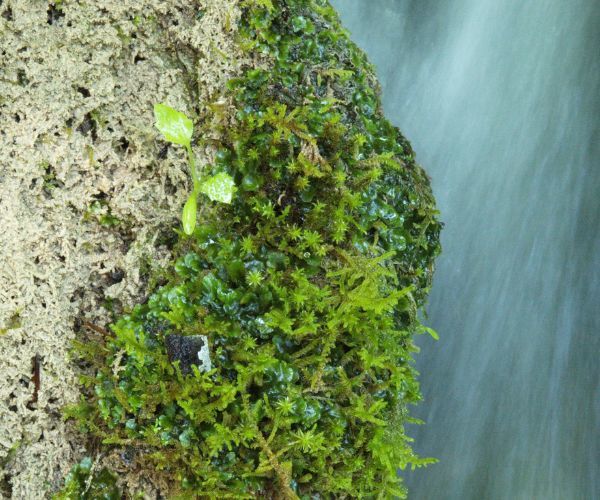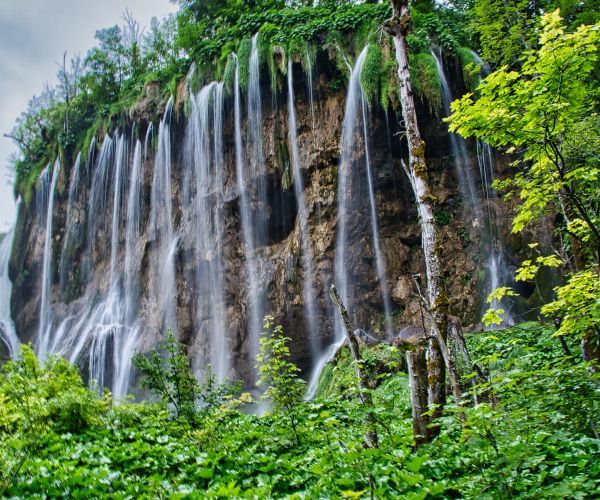The Plitvice Lakes National Park is considered one of the most beautiful national parks in Europe and the world. Although the water bodies of the National Park account for only 1% of its total area, they are its most attractive and most visited part. Here are some facts about the National Park that you might now know:
Tufa
Sixteen magnificent cascading lakes of various sizes were formed by a very complex biodynamic process of tufa barrier growth, which is one of the reasons why on 26 October 1979 the Plitvice Lakes were included in the UNESCO World Natural Heritage List and why they are considered to be of outstanding universal value. There are several definitions of tufa, one of them being: “Tufa is a hollow, porous rock formed through the deposition of dissolved calcium carbonate in water with the help of plants, algae and mosses”. An interesting fact is that tufa is present everywhere in the world, but nowhere else is there such a system, where tufa is deposited in a perfect and unique process, forming tufa waterfalls and cascades which connect all the lakes in the park.

The process of tufa formation has not yet been thoroughly explored, but without a series of physicochemical and biological factors there would be no tufa, and without tufa, there would be no waterfalls or lakes, only a river. The process of tufa formation in the Plitvice Lakes dates way back into the geological past of the Quaternary Period. 250,000–300,000 years old barriers are found outside the present-day watercourses, which indicates how much the system has actually changed over the geological past. Tufa barriers are still active in today’s watercourses, constantly transforming the appearance of the lakes and waterfalls with their biodynamics. What is interesting about the largest lake Kozjak is that it was divided into two lakes approximately 400 years ago. Since the barriers in the lake do not grow at the same rate, the downstream barriers sometimes rise above the upstream ones, which then become submerged, causing the two lakes to merge into one. The submerged barrier in Kozjak Lake can be seen from the electric boat on a sunny day.
Changing water colors from blue to green
No matter how many times you walk along the paths of the Plitvice Lakes, you will admire the fascinating lakes, strung together like pearls, and their spectacular changing colors. The Plitvice Lakes exhibit an amazing spectrum of colors at any time of…
Click Here to Read the Full Original Article at A Luxury Travel Blog…
